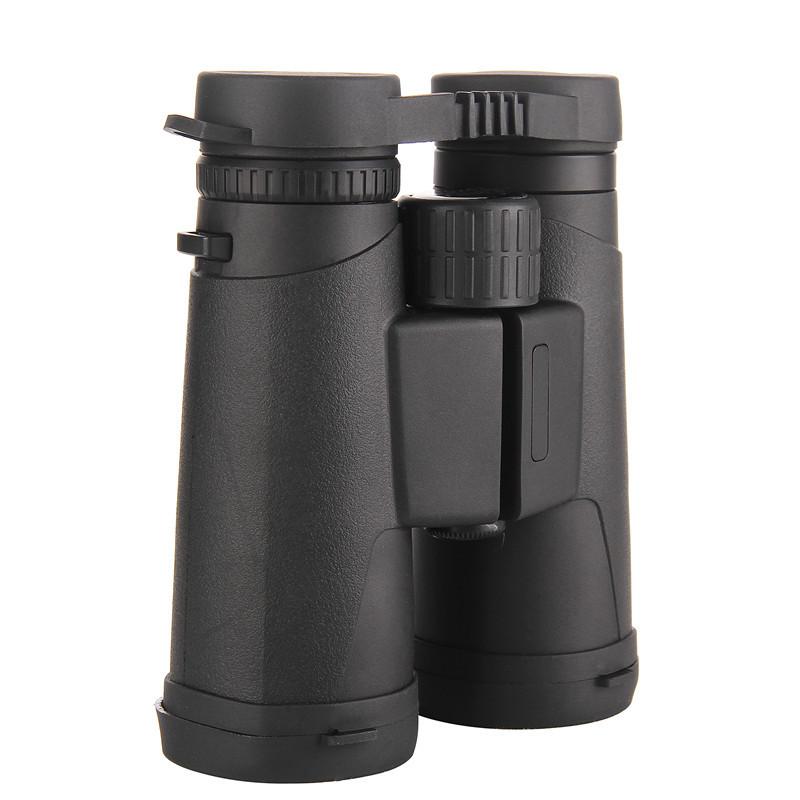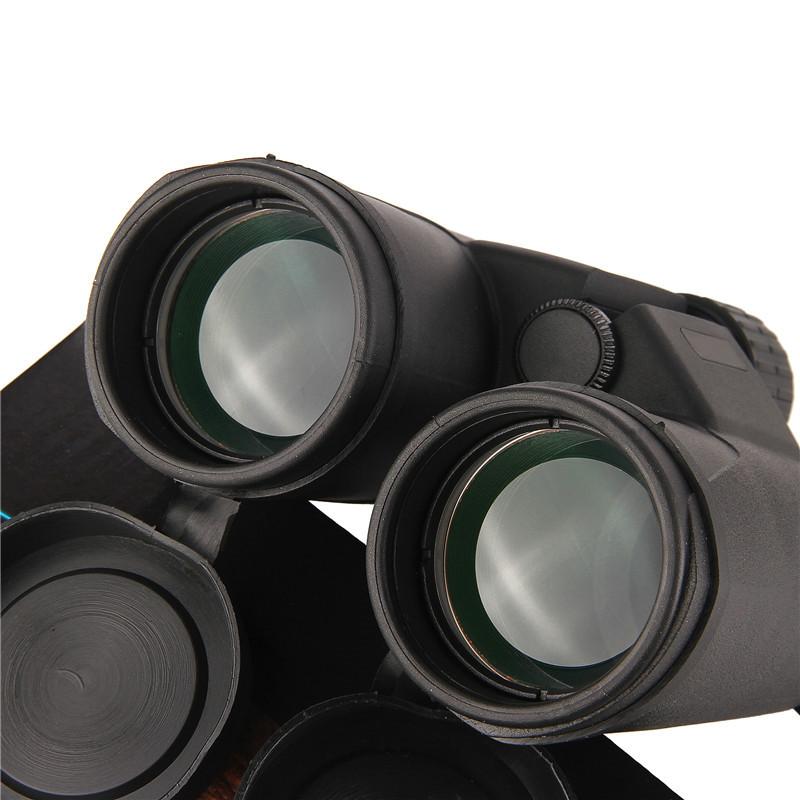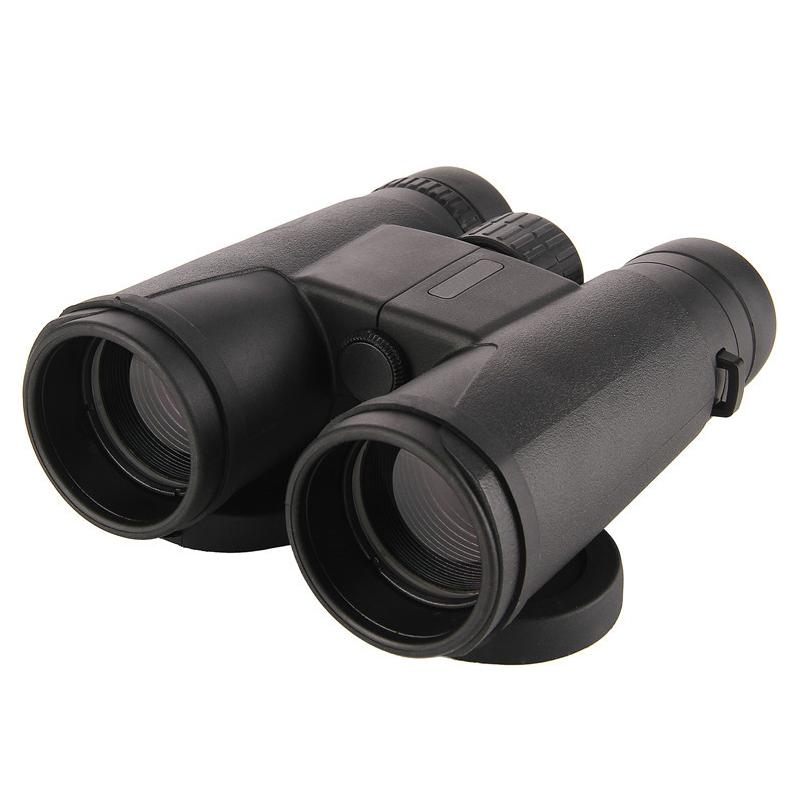How Powerful Binoculars Do I Need?
Choosing the right binoculars can greatly enhance your experience, whether you are bird watching, stargazing, hunting, or attending a concert or sporting event. Understanding the power you require in binoculars involves understanding your specific needs and balancing magnification, field of view, and brightness. This article offers a comprehensive guide to help you decide on the most suitable binoculars for your needs.
Understanding Binocular Specifications

Before diving into the specifics of what power binoculars you need, it’s essential to understand how binoculars are described. Binoculars are usually specified by two numbers, for example, 10x42. The first number (10x) indicates the magnification power, meaning the object you’re viewing appears ten times closer than it would to the naked eye. The second number (42) refers to the diameter of the objective lens in millimeters. Larger lenses increase brightness but also add to the weight and size of the binoculars.
Considering Purpose and Environment

1. Bird Watching:
Birdwatchers often need a broad field of view to follow fast-moving birds while maintaining good magnification for detailed observation. A good range would be 8x42 binoculars, providing the right balance between field of view and magnification.
2. Hiking and Wildlife:
If you often hike through densely wooded or mountainous areas or are interested in wildlife observation, compact and lightweight binoculars are essential. You might consider something in the 8x32 range, which is easy to carry and offers sufficient brightness for outdoor settings.
3. Stargazing:
Stargazing requires a significantly different approach, as celestial objects are often small and faint. Binocular sizes like 10x50 can be effective, offering a strong magnification with a wider objective lens to capture more light, which is essential for night viewing.
4. Hunting:
For hunting, a stable and light view is crucial, as unstable or too heavy binoculars might affect precision. Look for 10x42 or possibly a 12x50 if observing at longer distances, taking into account additional weight.
5. Sports and Concerts:
In a concert or stadium setting, you typically need a closer view with a smaller field of view. An 8x25 or 10x25 pair can provide sufficient detail and portability.
Balancing Magnification with Other Factors

Field of View:
Higher magnification narrows your field of view, making it harder to track moving targets. This is particularly crucial in activities like bird watching or sports events where quick movements are common.
Brightness:
The amount of light that binoculars gather diminishes with greater magnification unless you increase the size of the objective lens. This can make higher power binoculars less effective in low light conditions.
Weight:
Heavier binoculars can be difficult to use over extended periods or hinder mobility, which means a higher magnification might not always be better, particularly if it comes with a larger lens and weight.
Opting for Stabilization

For higher magnification, image stabilization becomes significant. If the binoculars are to be used for extended periods, especially at higher magnifications like 12x or higher, consider getting a tripod for stability. Some advanced binoculars also have inbuilt image stabilization to counteract hand movements.
Prism Types
Two primary prism types exist – Porro and Roof. Porro prisms usually offer better image quality at a lower price, while Roof prisms are compact and more durable, making them suitable for outdoors.
Lens Coatings
Coatings on the lenses improve image quality by reducing glare and enhancing contrast. Fully multi-coated lenses are ideal for serious users seeking optimal clarity.
Eye Relief and Pupillary Distance
Eye relief is especially crucial for individuals who wear glasses. Longer eye relief allows for a clearer view. Adjustable eyecups can enhance comfort, while a wider pupillary distance is beneficial for broader visibility.
Long-Term Use
If you plan on long-term use, particularly for stationary activities like stargazing or nature watching, investing in higher-quality optics can make a significant difference. Brands like Zeiss, Swarovski, and Leica offer premium options with excellent optics and durability, although they come at higher prices.
Taking the First Steps
Before deciding, it’s wise to visit a store and physically test several models to get a feel for what suits your hands and eyes best. Consider the weight, size, and adjustability features to ensure they match your preferences.
Ultimately, the power of binoculars should be selected based on the primary activity you'd be engaging in and the trade-offs between magnification, weight, and field of view. Understand your most frequent use cases and environment to strike the ideal balance. Remember that the best binoculars are those that meet your specific needs while staying within your comfort and budget zones. By taking all these factors into account, you will enhance your visual experiences, whether observing nature or at an event.
